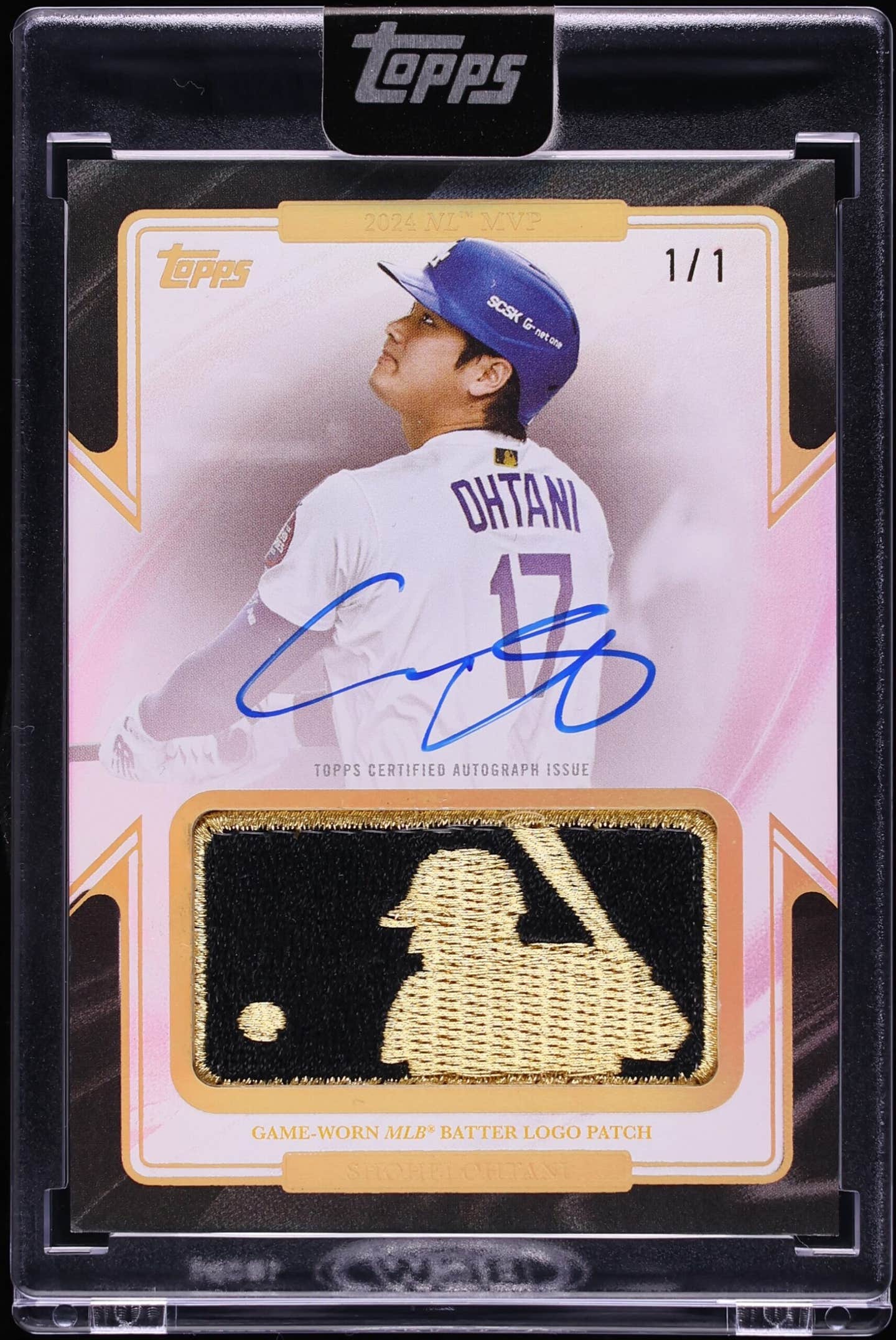Ted Williams
A Cut Above … Below … Etc. – 1952 Wheaties Set Overview
By Doug Koztoski
With a whopping two cameras to work with, Major League Baseball televised its first game in August 1939, a matchup between the Cincinnati Reds and the Dodgers from Ebbets Field in Brooklyn, N.Y. Actually, both games of the doubleheader were transmitted that day to an estimated 3,000 fans within a 50-mile radius of the signal coming from the Empire State Building.
Television was in its infancy when that experimental broadcast took place via W2XBS, the station that later became WNBC-TV, and veteran radio announcer Red Barber called the games for the TV audience that day. Part of Barber’s duties included working three commercials into the equation, one was for the General Mills brand cereal Wheaties.
Introduced in the mid-1920s, Wheaties were well known just a few years later by their slogan: “The Breakfast of Champions.” From the mid-1930s to the early 1940s their cereal boxes often displayed sports cards, with an emphasis on baseball, for kids to collect. After a break of several years, Wheaties cards returned to the boxes for a short while, ending their run in 1952.
Sixty years after the last 1952 Wheaties boxes made it to store shelves, Hubert Bernheim patrolled aisle after aisle and table after table in Baltimore at the 2012 National Sports Collectors Convention looking for cards from the final run of the early ’50s cereal cards. Bernheim said to himself at the 2012 convention, “Four days at the show, I ought to be able to finish the set.”
Things did not go quite as planned. “I got done at the show and I had about 12 cards,” he said. “It’s a really, really hard set to put together.”
Bernheim likes the offering, where samples are slightly smaller than a credit card, for a few reasons.
“It’s really an interesting set. It has everything you could possibly want – baseball, basketball, football, tennis, golf,” he said about the collection that also includes bowling, diving and skiing in the 60-card issue. “It has great variety, almost like the 1933 Goudey Sport Kings.”
After approximately two years, not only did he own a complete set of cards, where 30 athletes are each pictured twice, once each in portrait and action illustrations, but the top ranking for the issue on the PSA Set Registry. Understandably, Bernheim described the portrait shots as unremarkable. “But the action shots are actually pretty nice,” he said.
A Chicago native, Bernheim placed the Johnny Lujack card of the Chicago Bears among his favorites from the collection. He also selected Ted Williams and Stan Musial as top choices.
A shortlist of other stars in the set include: Yogi Berra, Roy Campanella, Bob Feller and Phil Rizzuto among the 10 baseball players; Otto Graham and Doak Walker with the six gridiron greats; George Mikan for the roundballers; tennis legend Jack Kramer and Ben Hogan and Sam Snead in the six-member golf group.
Bernheim said two of the 1952 Wheaties golfers have eluded him for the most part.
“The Alice Bauer and Lloyd Mangrum cards I have are both PSA 1s. Those cards are almost impossible to find” in better condition.
The collector said that not only are the cereal cards blank-backed, they generally did not even have perforation lines to provide a more uniform way to guide people (likely kids) to cut the cards from the box.
“Everybody who cut these cards out cut them a different way,” Bernheim said. “Some of them cut them right to the edge where the blue border is, some of them left a little border around the cards, some of them rounded the corners, some of them made square corners.”
Plus, he said, if you factor in little kids’ scissor skills and the safer/duller scissors that children often use, finding quality samples of the ’52 Wheaties cards is that much more difficult.
Be on the lookout
Speaking of cutting corners, but in a much different way, it should be noted that some fake cards from this set are in the hobby. According to the Standard Catalog of Vintage Baseball Cards, “The set was extensively counterfeited circa 2002, which had a chilling effect on values of cards not professionally graded by a major certification company.”
Looking into the counterfeit matter a bit more, some collectors online suggested to see if the card stock of raw cards was “cereal box gray” on the back, as it should be, and to check for that “old paper smell.” So, as always, buyer beware and if it looks too good to be true, it just might be fake. That being said, there is some good news to mention on this subject: Bernheim noted that he has never come across a fake ’52 Wheaties card, period.
A search of eBay listings for this early ‘50s issue showed several graded cards and a number or raw examples, too. Of course there was no way to tell the smell of the collectibles through a computer screen, but where pictures were provided for the card backs, every related listing I saw appeared to show authentic cards from 1952.
At press time only about 1,400 total 1952 Wheaties cards had been slabbed by PSA, with some 60 of those showing Yogi Berra. That pales in comparison to Bowman (866) and Topps (1,013) encapsulated Berras from that same season. Ted Williams’ numbers in those categories, meanwhile, are even more striking in many ways: Wheaties (110), Bowman and Topps, zero. So, at times, the Wheaties set does provide a fun alternative for an athlete’s somewhat more mainstream card (or lack thereof) from that period.
Prices for the ’52 Wheaties cards can range from a just couple dollars each for lower condition common cards to hundreds of dollars for top-end stars and occasionally for the rare commons in supreme shape (see the sidebar below for recent auction results).
In 1952, Wheaties also provided tin trays that came glued on the back of some of the boxes. Four baseball players appeared on the approximately 5-by-5-inch trays: Ralph Kiner, Stan Musial, Phil Rizzuto and, the rarest, Jackie Robinson. In a 2014 auction, an Excellent condition Robinson tray sold for around $1,300.
Looking ahead
With the variety of sports and athletes appearing in the ‘52 Wheaties set, the future of the issue within the hobby appears reasonably limited but promising, somewhat like the coverage of the first MLB games shown on TV.
And one additional tidbit about Wheaties: the crunchy breakfast staple was reportedly the subject of one of the initial, if not “the” first radio advertisement presented as a jingle. To slightly paraphrase part of that singing ad from 1926, “Have you tried Wheaties (cards)?” If so, you have at least a taste for the issue. If not, check them out. Like the cereal, they might just add a boost to your day.
Doug Koztoski welcomes comments and questions related to this article at kozpro20@hotmail.com. All prices rounded to nearest dollar.








